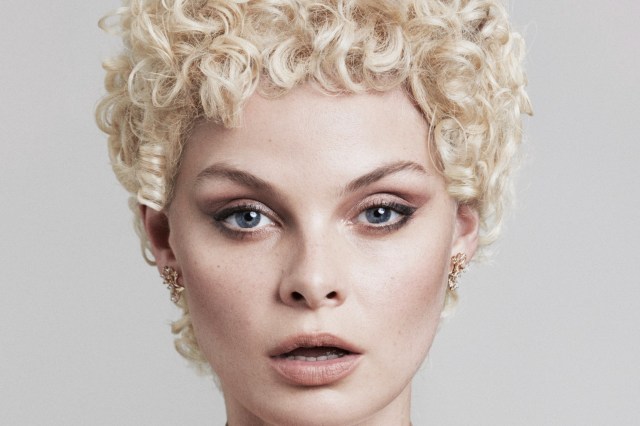5 classic techniques creative hairdressers need to master

To flourish in the creative side of hairdressing you first have to have master the core techniques, something that can start to falter the further we get from this foundational education. TONI&GUY international artistic director and dual London Hairdresser of the Year Daniele de Angelis has some key reminders on these learnings from the UK, from her editorial vantage point.
“A huge part of my career has been developing beautiful photographic collections and creativity plays a major part in the entire process, from concept to shoot,” she said. “However, without the classic techniques that I learned early in my career, creating these looks would not be possible. Having an artistic eye is only part of the process, mastering certain classic techniques gives me greater freedom and the ability to stretch myself creatively for the ultimate results.”
Here are the classic techniques that have buoyed Danielle’s editorial career.
Finger Waves



“Every time this classic seems to have had its day, it appears in a collection from a major hairdressing talent. Techniques like this will never disappear completely as they are the foundation of so many beautiful hair looks. The skill needed to create finger waves is also a great way to develop dexterity in your fingers while working with hair. Through this technique you will learn how to place your fingers and brush hair in a way that will create continuous movement that is visually stunning,” Daniele said.
Modern versions of this technique pop up from the runway to the red carpet, and mastering the fundamental technique means you can modernise it to its contemporary best while still paying homage to the classic look.
Setting
“This technique is considered old-fashioned and unlikely to be requested by a salon client, but you might be surprised to know that the out-dated shampoo and set is a great way to create volume in hair that will survive the rigours of a show or photoshoot, making it a skill worth learning in the world of contemporary hairdressing,” Daniele said.
Tonging
Daniele asks if hairdressers are getting the most out of their use of tongs, rather than just over looking this kit-bag staple.
“Every hairdresser should own a pair of tongs and understand the variations in curl and textures that they can achieve,” she said. “Tongs are not the same as straighteners — the results achieved using tongs can be more subtle, including creating root lift and volume, a flat wave, a deep wave, or an irregular wave. Mastering this familiar tool can help you stretch your creativity and create beautiful finishes, whether in-salon, for a show or for a photoshoot.”


Backcombing
“This technique is the basis of beautiful hair-up. If you don’t master backcombing, you will never excel at hair-up,” Daniele shared. “Creating big hair without using the proper back-combing technique is like building a house without the right foundations. If you don’t backcomb from the roots, you will just create a knot in the hair. Whenever you see an incredible, voluminous hair-up look, you can be sure that backcombing was used to create it.”
Blow Drying
This may seem like the most simple technique, but Daniele warns that the art of blow drying can sometimes be overlooked.
“Today, a lot of stylists forgo a blow dry in favour of using rough-drying or heated tools as these methods produce faster results. However, nothing beats the beautiful finish that can be created using a round brush, tension and a hairdryer,” she said.
For more information visit www.toniandguy.com.au
